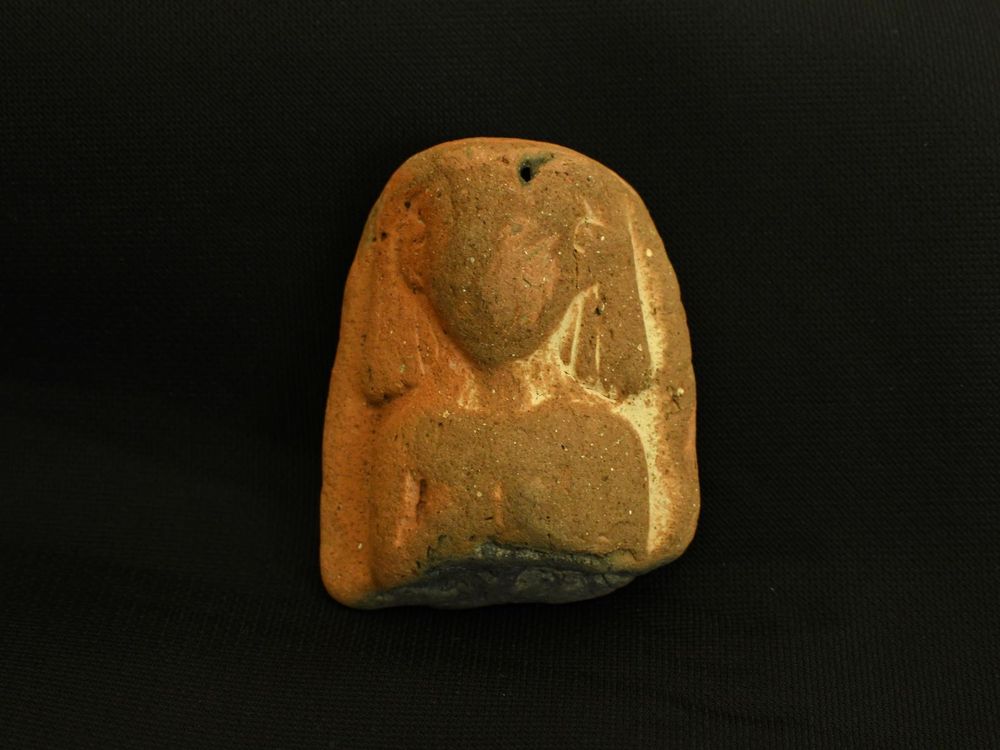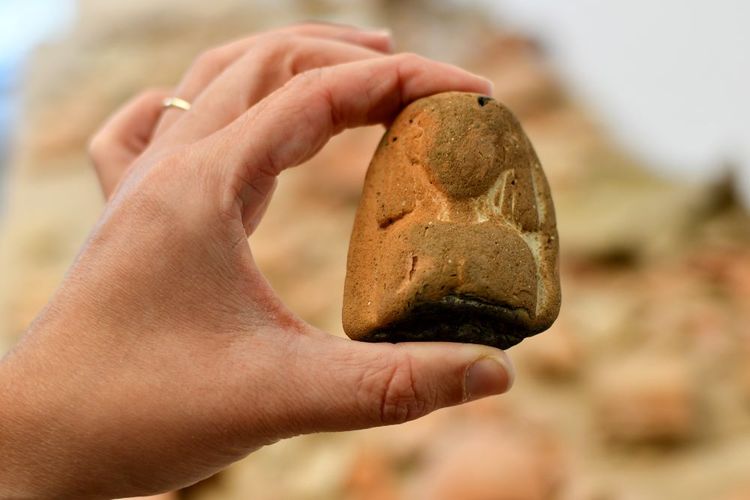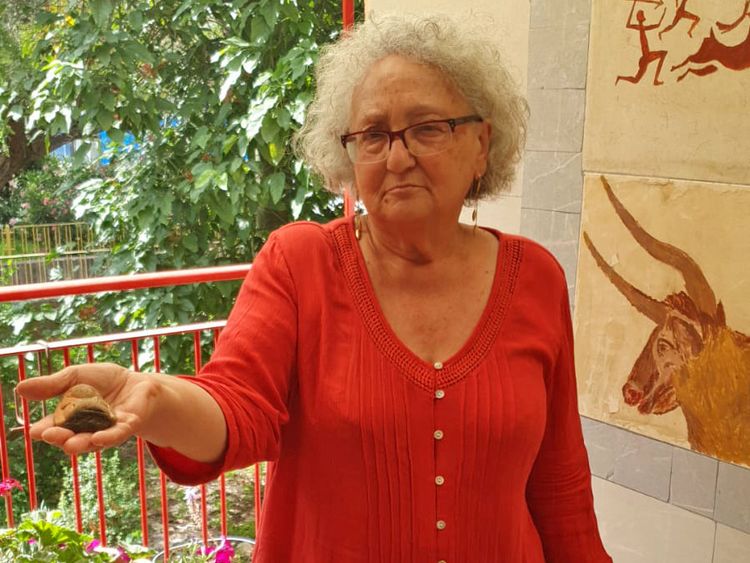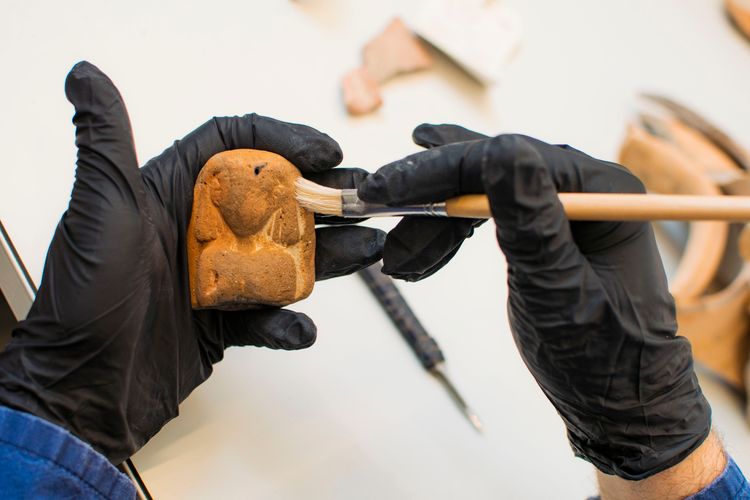Israeli woman finds 3,000-year-old Egyptian goddess figurine on the beach

The statuette was used for worship in the Canaanite culture during the Bronze Age
An Israeli woman found a more than 3,000-year-old statuette of an Egyptian goddess Hathor, while walking on Palmachim beach, south of Tel Aviv.
74-year-old Lydia Marner and her husband were taking a stroll on their favorite beach on a particularly stormy day, when they noticed something unusual poking out of the sand. A little round statuette had washed up on the shore.

"It was a rather windy day, the waves were high, and the weather was wintry. During the walk by the water, I noticed a stone pointing towards me. I immediately called my husband and told him 'It's not nothing.' I saw there was something beyond there," Lydia recalled.
Israel Antiquities Authority confirmed it was a figurine of the Egyptian goddess Hathor used for worship in the Canaanite culture during the Bronze Age. The statuette was handed over to authorities as part of a recently launched campaign to get Israelis to turn in any antiquities they may have found.
"I can't believe I found this. At first my husband laughed at me, but today the whole family already knows the amazing story of what happened to me. I'm very happy that the right to find it fell to me," said Lydia, who immigrated to Israel from Azerbaijan with her husband and two daughters.

According to Dr. Amir Golani, an expert on the Bronze Age at the Israel Antiquities Authority, such figurines were used for worship and are usually identified with the Egyptian goddess Hathor. They were typical of the Canaanite culture in Israel - mainly in the Late Bronze Age and also in the Iron Age.
"The Canaanites used to adopt rituals and religious customs from the Egyptians, who ruled our region at that time. Just like homes today, where you install a mezuzah or hang a picture of a saint on the wall, back then they used to place ritual figurines in a central place in the house, for good luck and protection from bad things," explained Golani.
"We can recognize that this is Hathor by her hairstyle, which simulates the horns of a bull, and by the prominent eyes and ears that were designed for her. Hathor was a powerful goddess who symbolized many virtues for the Egyptians - fertility, strength, protection, and wisdom," he added.

Last week, the Israel Antiquities Authority and the Ministry of Heritage launched the initiative "Antiquities: return them with a click," which calls on members of the public who have antiquities in their homes to turn them over to the authorities.
"Many people keep antiquities in their private homes that came into their possession under different circumstances. Some were collected in the field, some were inherited, and more," explained Eli Escosido, director of the Israel Antiquities Authority.
"The antiquities that will be returned will help to piece together the history of the Land of Israel. I call on the general public who have any antiquities in their homes to return them to the Antiquities Authority, which holds them under proper preservation conditions. Some of the antiquities will be presented to the public in various exhibitions in museums," said Israel's Heritage Minister Amihai Eliyahu.
-- Sent from my Linux system.
No comments:
Post a Comment